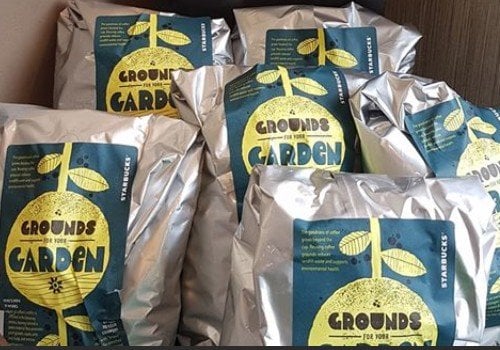When trying to implement this though, I discovered it was a little difficult. A lot of the seafood I buy comes from the seafood counter of stores, and often the label doesn’t say much about its origin. The people behind the counter rarely seem to know as well, so this limits the choices I have when I shop, which is a little bit of an inconvenience when I am on a budget. Though, I think this is worth the extra premium, because after reading about their section regarding sustainability, sustainable seafood does not only mean that it is environmentally sustainable, but it also means that there are fair and safe working conditions for the people harvesting it. Equitable treatment and conditions are something I stand behind and support in my day to day food choices, so I am happy to know how I can continue to support this in my seafood choices. I am glad this website is here to provide an easy to understand and take along guide, because I think that with all the types of seafood, this can be very confusing for the average consumer. If you buy seafood regularly, I would recommend taking a look. There are still a lot of sustainable options.
-
 GRACE JOHNSON 2/08/2023 5:24 PMI gave up eating meat a few years ago, but still incorporate seafood into my diet. After watching the documentary "Seaspiricy" on Netflix, I learned how unsustainable the fishing industry was -- it even made my mom give up seafood! Being in college, it is so difficult to buy sustainably: it's expensive and usually unattainable in big name grocery stores. After reading your post, I'll definitely be more conscious about where my seafood is coming from, and take a look at the advisories!
GRACE JOHNSON 2/08/2023 5:24 PMI gave up eating meat a few years ago, but still incorporate seafood into my diet. After watching the documentary "Seaspiricy" on Netflix, I learned how unsustainable the fishing industry was -- it even made my mom give up seafood! Being in college, it is so difficult to buy sustainably: it's expensive and usually unattainable in big name grocery stores. After reading your post, I'll definitely be more conscious about where my seafood is coming from, and take a look at the advisories!
